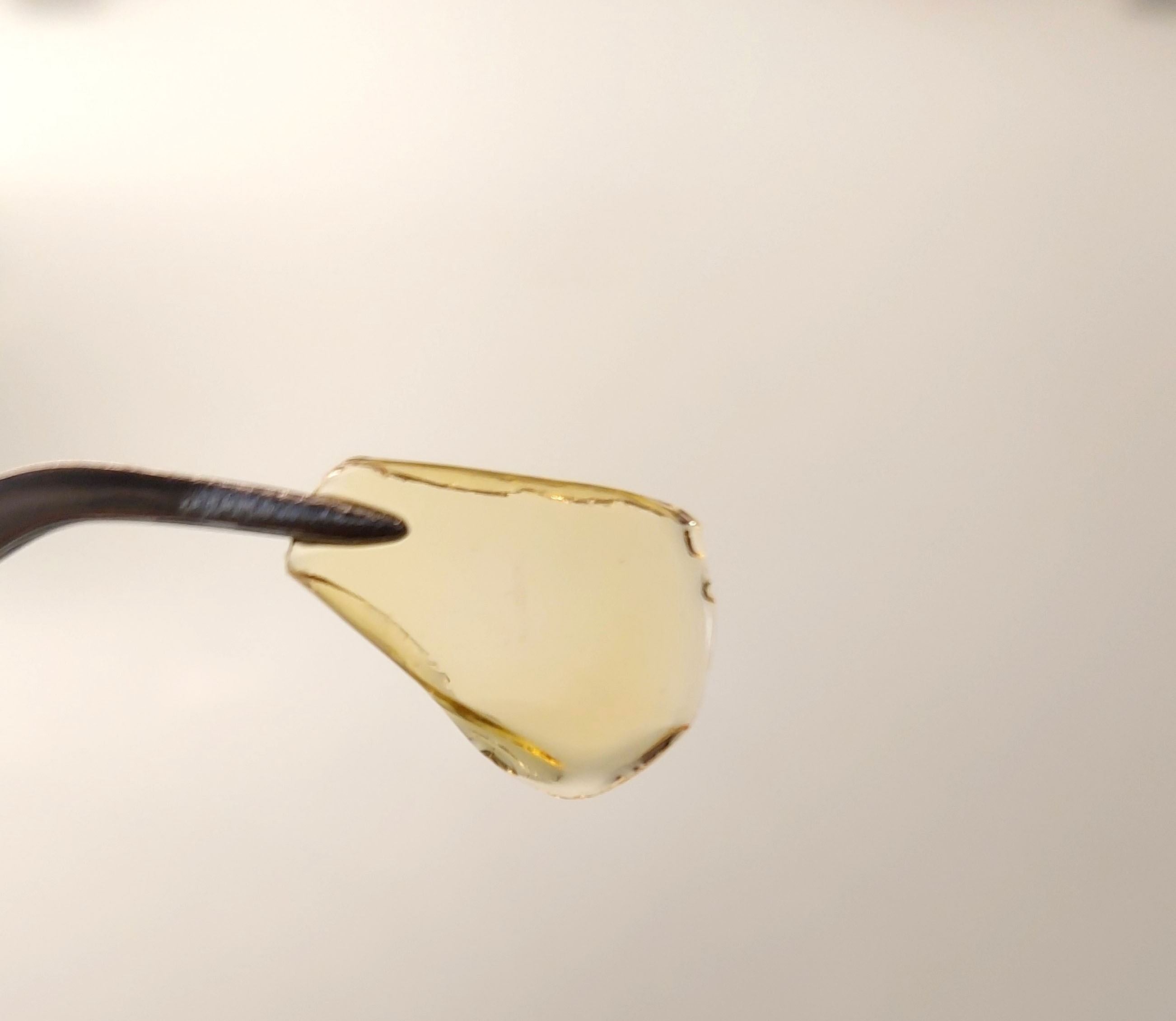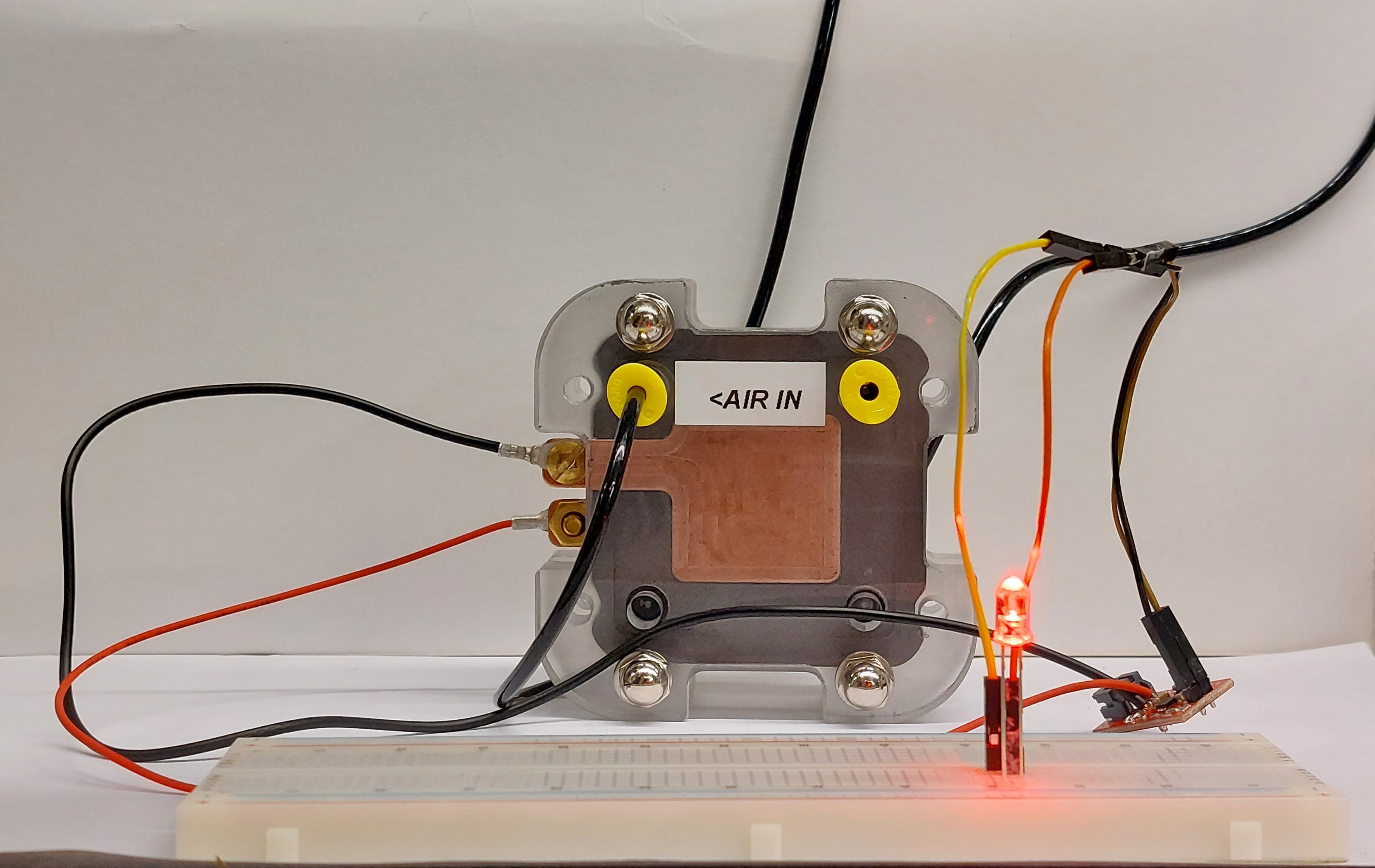| Oct 20, 2023 |
Powering clean energy with chicken feathers
|
|
(Nanowerk News) Feathers keep chickens warm, and they might also hold the key to creating sustainable fuel cells that can power clean vehicles or water-splitting devices that extract pure hydrogen.
|
Key Takeaways
|
|
Scientists have developed a sustainable fuel cell membrane made from chicken feathers.
The team extracts the protein keratin from feathers and processes it into amyloid fibrils, creating a proton-conductive membrane essential for fuel cells.
The keratin-based membrane not only repurposes waste from the poultry industry but is also environmentally friendly, avoiding the use of toxic "forever chemicals."
Tests show that the feather-based membrane can power small devices and could also be used for efficient water-splitting to produce hydrogen.
The technology could be more cost-effective than conventional membranes, offering a green alternative that leverages industrial waste.
|
 |
| The heart of a fuel cell is a semipermeable membrane that allows protons to pass through but not electrons. The researchers say it takes 100g of chicken feathers to make 1 square metre of membrane, which is 80 microns thin – the diameter of a human hair. (Image: NTU)
|
The Research
|
|
In a joint study, scientists from Nanyang Technological University, Singapore (NTU Singapore) and ETH Zurich in Switzerland have found a way to convert chicken feathers into a clean and sustainable material to build zero-waste fuel cells.
|
|
By extracting the protein keratin from feathers, then processing it into ultra-fine fibres known as amyloid fibrils, the researchers created a thin membrane capable of conducting protons, which are a vital component of fuel cells.
|
|
The research team, led by Professor Ali Miserez from NTU’s School of Material Science and Engineering and School of Biological Sciences, and NTU Visiting Professor Raffaele Mezzenga, who is also Professor of Food and Soft Materials at ETH Zurich, say that their membrane not only reduces carbon emissions from the burning of unwanted chicken feathers but is also produced in a sustainable manner.
|
|
Professor Ali Miserez said: “Fuel cells are one of the most promising sustainable energy sources of the future. The poultry industry generates millions of tons of unwanted chicken feather waste, which is burnt off in disposal, releasing large amounts of carbon dioxide and toxic gases such as sulphur dioxide. Our membrane reduces such emissions by repurposing the feathers into further green applications in fuel cells. The membrane not only has a negative carbon footprint from its production, but can operate without further carbon dioxide emissions when used in a fuel cell.”
|
|
The team’s research was published in September in the journal ACS Applied Materials & Interfaces ("Renewable Energy from Livestock Waste Valorization: Amyloid-Based Feather Keratin Fuel Cells").
|
 |
| The researchers tested their feather-based membrane by assembling it in a commercial fuel cell setup. In their tests, the fuel cell could turn on an LED lamp, spin a small fan, and power a small toy car. (Image: NTU)
|
Converting waste into sustainable energy sources
|
|
Fuel cells are a clean and efficient way of producing electricity by using the chemical energy of hydrogen or other fuels.
|
|
The heart of a fuel cell is a semipermeable membrane that allows protons to pass through but not electrons. The electrons flow through an external circuit from the anode to cathode, producing an electric current. Using hydrogen as the fuel source produces electricity, and water as the by-product, making them excellent clean energy sources.
|
|
However, producing such membranes in conventional fuel cells uses toxic chemicals, known also as “forever chemicals”, which are expensive and do not break down in the environment.
|
|
On the other hand, the keratin-based membrane developed by the NTU and ETH team is environmentally friendly as it is composed of a biological material and created in a green process that does not produce carbon emissions.
|
|
Professor Raffaele Mezzenga said: “Our latest development closes a cycle: we are taking a substance that releases carbon dioxide and toxic gases when burned and using it in a different setting: with our new technology, it not only replaces toxic substances but also prevents the release of carbon dioxide, decreasing the overall carbon footprint cycle.”
|
|
The paper’s first author, NTU PhD student Mr Soon Wei Long, said: “The extraction process is both fast and economical. Chicken feathers are 90 per cent keratin, which is the useful protein we want due to its high cysteine amino acid content. When burnt, cysteine produces highly toxic sulphur dioxide; however, the cysteine itself is crucial in allowing for the membrane's high proton conductivity when treated. We are turning something that is toxic when disposed of into something sustainable when used in this membrane.”
|
|
In their study, feather keratin is first isolated from an alkaline extract of chicken feathers. This keratin is heated up and converted into protein amyloid fibrils, rope-like nanostructures made of tightly wound proteins.
|
|
These nanofibrils are then further processed into membranes and treated in acid, where they undergo a chemical reaction that allows them to conduct protons.
|
|
The large amount of industrial chicken feather waste produced by the poultry industry also means that the membrane manufactured in the laboratory could be up to three times cheaper than conventional membranes to produce. The researchers say it takes 100g of feathers to make 1 square metre of membrane, which is 80 microns thin – the diameter of a human hair.
|
|
The researchers tested their feather-based membrane by assembling it in a commercial fuel cell setup. In their tests, the fuel cell could turn on an LED lamp, spin a small fan, and power a small toy car.
|
|
The membrane could also have potential application in water splitting, allowing for an effective way of producing hydrogen. In a process known as electrolysis, direct current is passed through water, causing oxygen to form at the positively charged anode. In contrast, pure hydrogen escapes at the negatively charged cathode and can thus be captured.
|
|
The new membrane, however, is permeable to protons and thus enables the particle migration between anode and cathode necessary for efficient water splitting, even in pure water.
|
|
The researchers’ next step will be to investigate how stable and durable their keratin membrane is and to improve it. The research team has already filed a joint patent for the membrane and is now looking to partner with investors or companies to develop the technology further and bring it to market.
|


